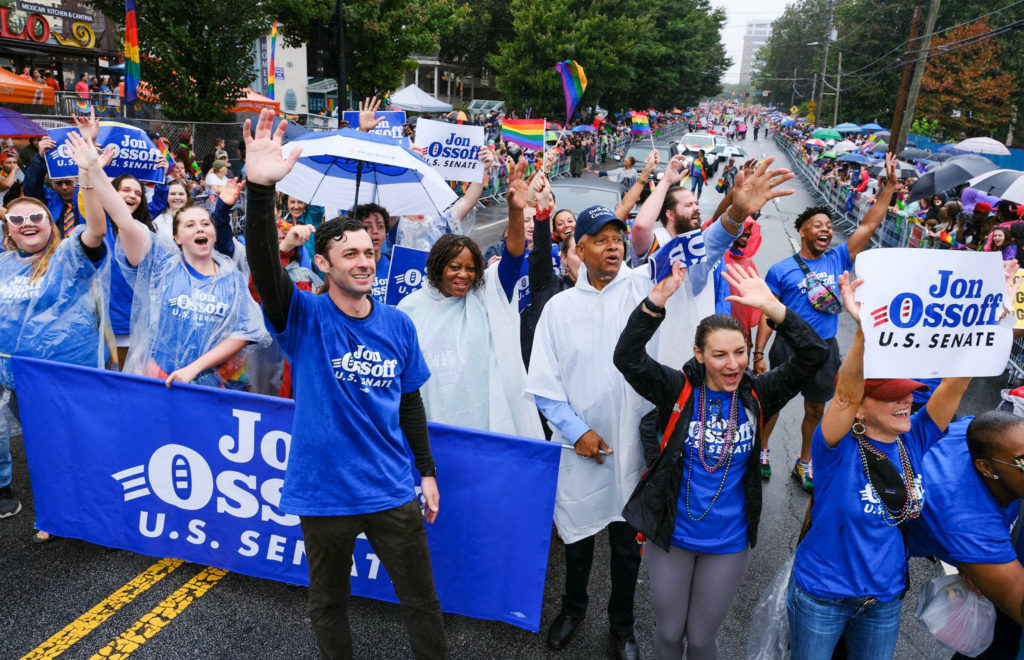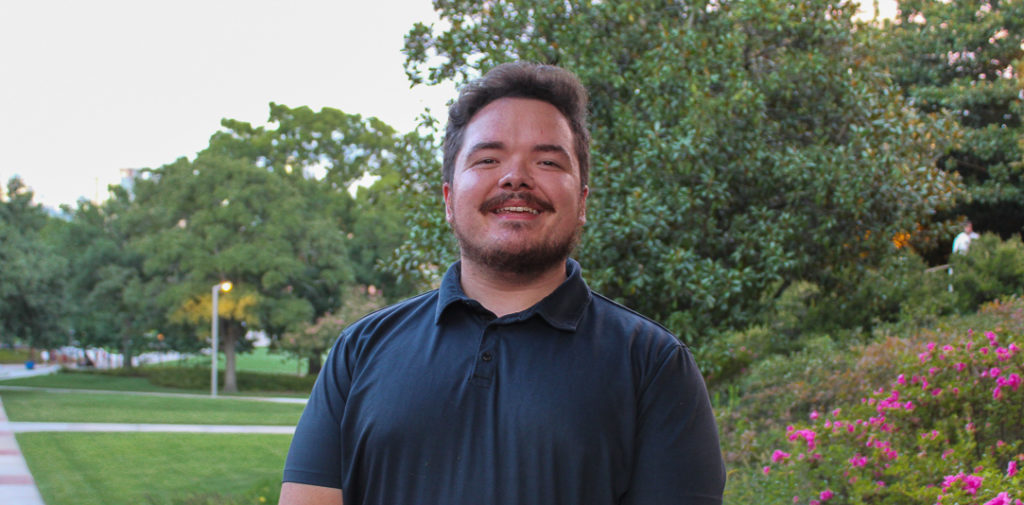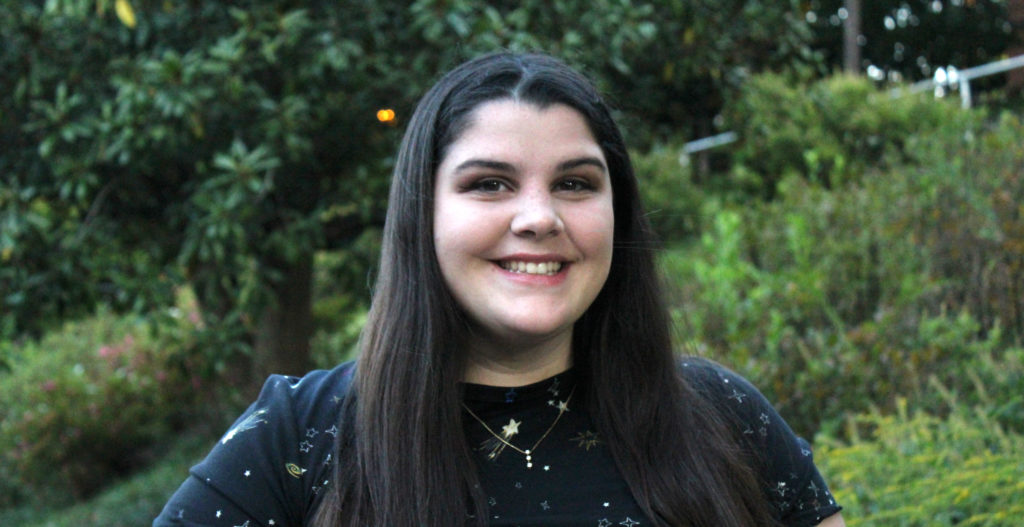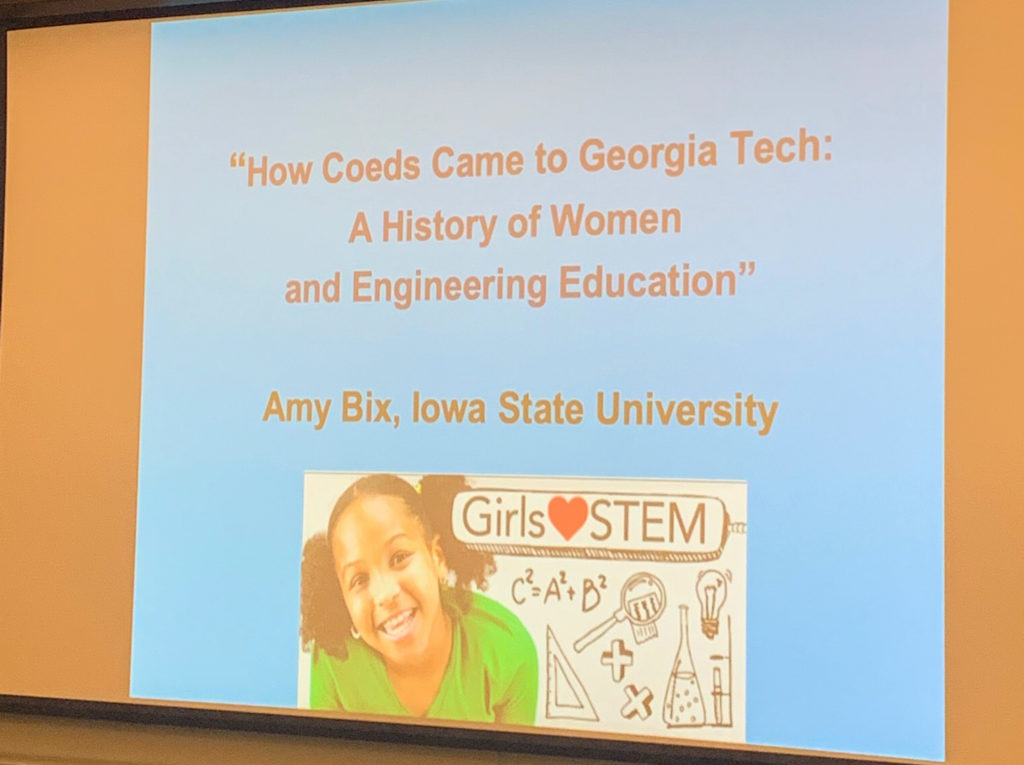Posted on 07 March 2020.

Before the Democratic senate primary on May 19, the Technique had the opportunity to interview senatorial candidates Jon Ossoff and Theresa Tomlinson about their campaign platforms.
Technique: Why do you think the Republicans of Georgia should vote for you?
Ossoff: I’m reaching out to every voter in this state, regardless of party, with an agenda that serves our shared interests. Every family in Georgia benefits when we lower drug costs. Every family in Georgia benefits when we ensure everyone has the medical care they need. Every family in Georgia benefits when we invest in infrastructure and transit and clean energy and save our environment.
The problem we have is one of political corruption. Why does my opponent, David Perdue, do nothing to help folks get healthcare? It’s because he takes huge amounts of money from the insurance industry. Why does he do nothing to crack down on drug companies that are charging scandalous prices for medicine? Because he’s been bought by the pharmaceutical industry. Why does he deny climate change and refuse to act on the environment? It’s because he’s been bought by the oil and gas industry.
Technique: Do you have any action items that you’re planning on using to overcome that voter suppression that we’ve seen in the past?
Ossoff: What we have to do now in 2020 is raise a grass-roots army of volunteers unprecedented in this state’s history to drive the strongest turnout ever in this state’s history. I can’t do that and my team can’t do that without young people getting involved, so my appeal to the students at Tech who are reading this interview is: if you believe, like I do, that our country is terribly on the wrong path right now, this election is critical.
I’m asking for help not out of some kind of loyalty to any candidate, not even out of loyalty to any political party, but because elections matter and this election matters hugely and we need folks out knocking on doors and registering voters.
Technique: What solutions do you have for Georgia’s recent grads and older college graduates who are crippled by that debt that follows them.
Ossoff: So first of all, for folks who are applying to college, I will fight to make public college and public university 100% debt free. For recent graduates and adults who already have crippling student debt, I will fight for aggressive relief, including caps on interest rates, including partial forgiveness.
Technique: Can you tell me about the other ways your policy plans will impact Tech students and alumni?
Ossoff: I think we need the most ambitious infrastructure effort in American history. That means historic investments in clean energy, in cutting-edge infrastructure, in research and development, in mitigating environmental impacts across the state and in coastal Georgia.
All of that requires a young workforce trained in science, technology, engineering and math so that we can really level up our economy and our infrastructure here in this state and build the kind of thriving, resilient, sustainable economic infrastructure that our country needs, our state needs, and I know young people want. I see Georgia Tech as playing an essential role in building that future for Georgia.
Technique: Is there anything else you’d like Tech’s faculty, staff, students, and alumni to know?
Ossoff: Last time, my opponent, David Perdue was on Tech’s campus. He stole a cell-phone from a student who was trying to take his picture.
I can promise the whole Tech community that next time I’m on campus they can take a photo with me and I will not snatch their cell-phone out of their hands because I’m not afraid of the public like my opponent, who hides from voters in bathrooms and hasn’t held a public town hall in all five years he’s served us. He’s pathetic and he’ll be defeated this year in the voting booth.
Technique: What do you think you can do for Georgia?
Tomlinson: I was born and raised in Atlanta and went to Chamblee High School. I went to law school at Emory and practiced law here in Atlanta for a while. Then I transferred down to Columbus, Georgia, which was supposed to be temporary.
I fell in love with the city, and then my husband happened to be from Columbus, so we ended up staying there, and I ended up being the mayor of Columbus for 2 terms. I was planning on going back to the practice of law, which I loved — I specialized in something called complex litigation, which was in the federal court system.
I worked almost exclusively with federal legislation, and actually enforced it from a private standpoint. As a young person in college, I worked in the U.S. Senate as a summer volunteer. Government touched our lives every single day and it really mattered who ran it.
This level of dysfunction is not healthy for our system, our citizens, our communities, or our national community, and so I realized that David Perdue had made some very poor choices. He said he was going to run on reducing the deficit, and of course the deficit is now three times more than it was when he got up there.
I see him supporting policies such as putting junk insurance policies back on the exchange, so that people pay good money and end up realizing they don’t have good coverage because they have pre-existing conditions.
This results in financial ruin of the individual. I knew we could do better, and that’s why I jumped in — to resolve dysfunction as a lawyer and a mayor.
Technique: What concerns and solutions do you have in terms of the college debt crisis in the U.S.?
Tomlinson: One of the major causes of the college debt crisis was the federal government refusing to fund secondary education at the levels it had previously. That gave rise to all sorts of predatory lending related to college loans, for-profit colleges and other things that allowed for great abuses of the system.
I think that first of all, we need to go back to investing in secondary education in this nation. The second thing is that we need to pass legislation that stops predatory lending to students. We need to stop the abuse of for-profit education systems. We need to increase the funding for Pell Grants, which have been drastically reduced through the years, and which is driving folks to these other systems.
We should bring back Pell Grants so that they can provide for up to the entirety of education cost and in certain circumstances provide for basic living costs. Having free two-year education is also something we need to do.
That would allow students to get really meaningful associate degrees, or go to a technical college for two years and then transfer to a place like Georgia Tech or another university.
We should also expand the public service credit for those who get out of work and want to go into areas that have great public and social benefit.
Technique: Can you tell me about other ways your policy plans will impact the lives of Tech students and alumni?
Tomlinson: Your generation is changing the world so rapidly that our government system cannot keep up with your innovation.
We’re going to keep the government as a framework in which we live our most prosperous lives. They’re going to have to re-tool for the entrepreneurial and the innovative spirit of the generations coming along behind us.
We need to take that innovation and apply it to our civic and financial infrastructures today. One example of this is what’s going on with social media, like Facebook, and the inability of the government to work collaboratively with those businesses to stop the abuses. Another issue is that innovators often don’t have capital.
Technique: How can we get more students involved with politics?
Tomlinson: I think the first thing is to make the government interesting to them by explaining how it touches their lives. Explaining the detriment that comes from bad government, like college debt and voter suppression.
Technique: Is there anything else you’d like Tech studentsto know?
Tomlinson: This race is truly critical. The decisions being made now can either make life harder or easier. We can only do that with your very loud voices demanding that we respect your future.










